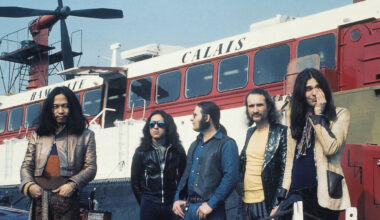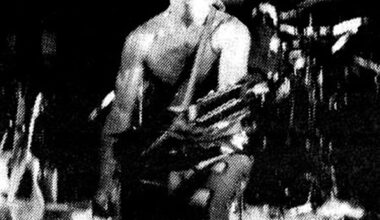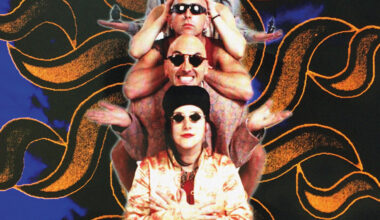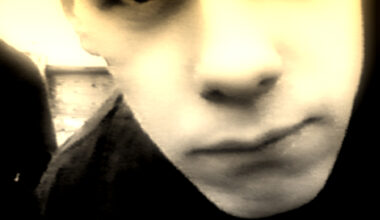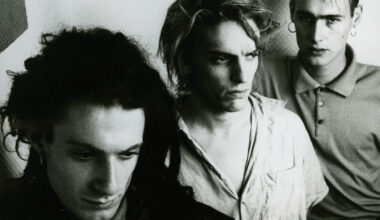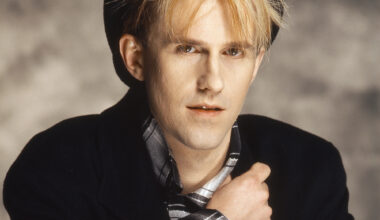Bauhaus guitarist Daniel Ash takes us back to the dying days of 1978 and the genesis of ‘Bela Lugosi’s Dead’, a cornerstone track that launched an entire genre and subculture
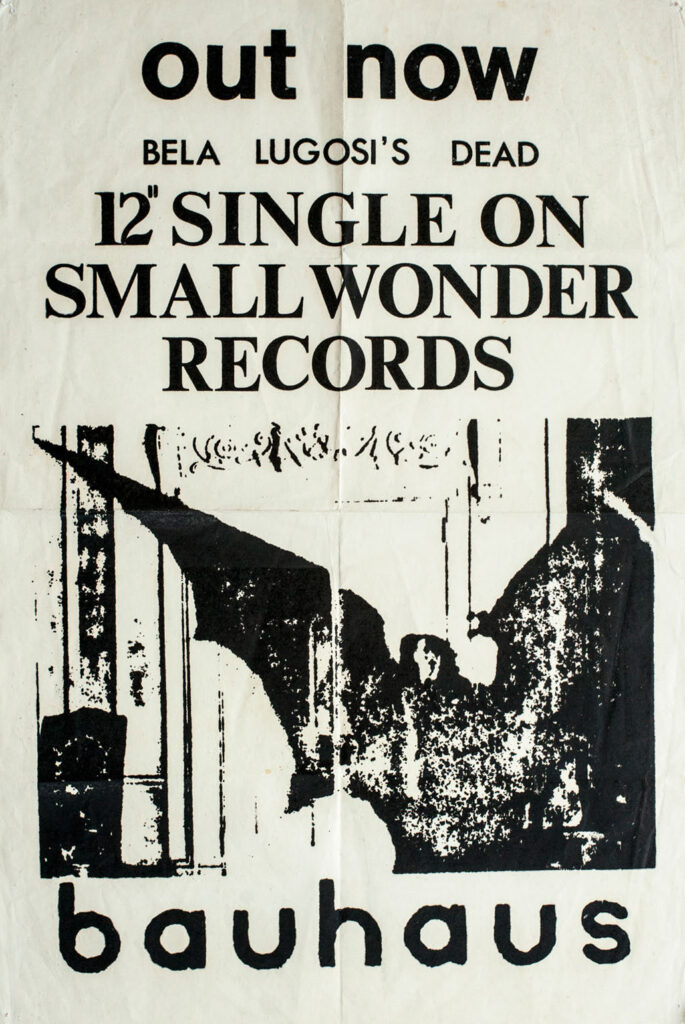
“I’d been in a couple of short-lived post-punk bands with Kevin Haskins and his brother David J. One was called Jack Plug And The Sockets, and another was The Craze. I’d known Peter [Murphy] since I was 11, from school in Northampton. I hadn’t seen him for about five years or so, as he lived in Wellingborough, 10 miles down the road, which in those days felt like a long way away. I always thought that he should be in a band. He just looked the part – even if he only played tambourine, I just felt he belonged on stage.
“I didn’t have his phone number so one day I drove to his parents’ house, knocked on the door and said, ‘Come and check out what I’ve recorded’. It was something we did for a Craze session at Beck Studios in Wellingborough. I had this old banger, a Ford Cortina, an absolute crate, which I bought off my maths teacher for £50. We went for a spin and I stuck the tape in the cassette player, I suppose I was showing off, really. I asked him if he wanted to be in a band, and before I could even finish the sentence he’d said yes.
“I rented a little mobile classroom on the fringes of Northampton as a rehearsal space. I had this little 20 watt amp, with a Watkins echo unit and a cheap mic and I just started playing a reggae riff, which ended up being the track ‘Harry’. Those rehearsals were magical from the get-go. We had a copy of The Sun, and Pete just started singing random stories from the paper. As soon as I heard that voice and saw how he was moving, I thought, ‘That’s it, I’ve found the guy who’s gonna take us out of our mundane nine-to-five lives’.
“Soon afterwards, we got a gig at the local art school party. David J saw us and said, ‘This thing you’ve got going here is amazing, but you’ve got the wrong bass player’, so we took his advice, and he joined the band, replacing our rubbish bassist.
“I had this really haunting riff, like a slowed down Gary Glitter thing with some mutant chords overlaid on it. Dave had this lyric about Bela Lugosi, one of the first actors to play Dracula on film, so we thought, ‘This is perfect, we should marry these two elements in the next rehearsal’. Kevin started doing that bossa nova beat, David followed with the bassline, and we played that song pretty much as you hear it today, all in one take. Peter had a cold on the day, which made his vocal even better somehow, gave him that certain texture to his voice.
“There was no arranging, the song just played itself, it was this incredible magic moment. It was that instant. And at the end of those nine and a half minutes, we just stopped, looked at each other and knew we had the song. We booked into Beck Studios and got it on tape as soon as we could. The whole EP session took maybe six hours, but it was obvious that ‘Bela’ was the real gem.
“Beck wasn’t the typical sterile studio. It felt like walking into an early 1970s living room. I loved the atmosphere there. The session was engineered by Derek Tompkins, who owned the studio and built the 16-track desk himself. Derek had this old H&H echo unit, which was always on the blink. He rigged it up so that the echo was triggered at the same time on the snare drum and my guitar. I fiddled around with it, tripping the echo and making it feedback on the snare and guitar, and that was it, one take, done.
“So ‘Bela Lugosi’s Dead’ was written in nine minutes, and recorded and finished in nine minutes. I remember hearing it afterwards on this tiny little speaker on the studio’s bathroom wall, while I was having a whizz, and it sounded brilliant even on that. Listening back to it now, I still feel that we captured the song perfectly in that moment. And that’s a very rare thing.
“We released it as a single, all nine and a half minutes of it, because we were idealistic back then. We were asked to do an edit at one point, and simply refused. There was no need to compromise at all. When we played ‘Bela Lugosi’s Dead’ live, Peter would lurch around the stage and try to bite our necks like a vampire. It had a great effect on the audience. We really milked it live, and it was always a highlight of our set.
“As soon as the single was released, doors started opening for us big time. It set us on our way. Within a couple of months, we were gigging in London and it all took off from there very quickly.
“We were with 4AD briefly, but we wanted to get on to a big jumbo mother label as soon as possible, so shortly afterwards we signed to Beggars Banquet. We wanted to be out there and commercially successful, to be labelmates with Gary Numan. We wanted to be pop stars, but with integrity. We got a support slot with Magazine, and paid three grand to get on the tour. They split up soon after that tour, and I don’t know if we had anything to do with that, but we blew them off stage frankly. No point in being modest about it!
“For all of us it was a hell of a jump, Peter was stuck in this factory job printing beer mats after he left school. We all lived in this one house in Northampton on the dole, 13 quid a week. That whole thing of touring around snowbound Europe in a van with a heater that never worked in January, sleeping on a mattress in the back. The classic ‘Spinal Tap’ reality, I suppose.
“I think the whole goth rock movement started with that track, to be honest. Of course, we never called ourselves ‘goth’, we just happened to wear black. I always wore black because I was usually dicking around with motorcycles, so it made sense. To us, goths had hair that was way too big, wore too much make-up and couldn’t write a decent song. I think we had a lot more to offer than that. We were always more of a post-punk, art band.”
To celebrate the band’s 40th anniversary, ‘The Bela Sessions EP’ is released by Leaving
